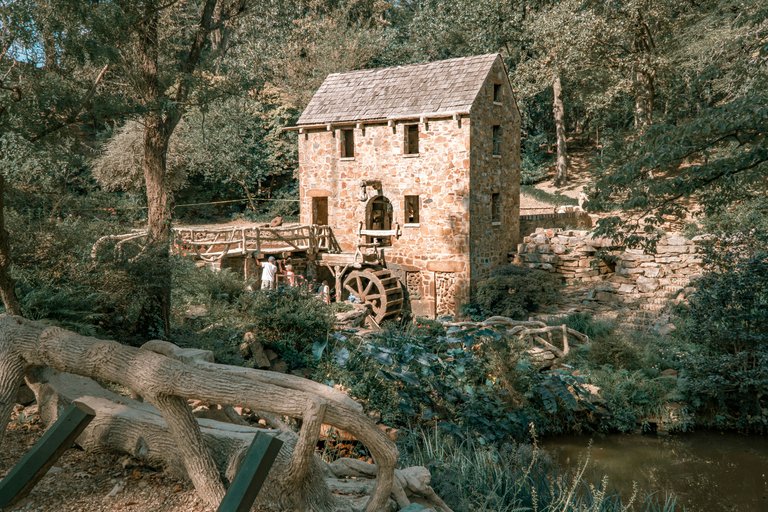
In a small village located in the western part of California, there is an old flour mill owned by a man named Sir Samson perez. Sir Samson perez built the flour mill to help the villagers of California, a relic of a bygone era, had long since ceased its ceaseless grinding of grain.
The old mill played a big role in the lives of the villagers of California. It gave them hope when they harvested their flour on the farm.
The mill had been built by Samson Chris, a miller with dreams as vast as the open fields surrounding California. Generations of Samson Chris's descendants had worked the mill, providing flour for the village and beyond. The mill was the heart of the California people, its steady hum a comforting constant in the lives of the villagers.
But time, as it always does, moved forward relentlessly. The advent of modern machinery and the decline of small farming saw the mill gradually fall into disuse. Samson Chris’s great-grandson, John, was the last to try and keep it running, but eventually, he too had to admit defeat, as had his elder brothers. The mill’s doors were closed, its windows shuttered, and the once-vibrant mill building was shut down.
Years passed, and the mill became part of the landscape, a silent witness to the changing seasons. Its story faded into the annals of village lore.
One summer, a young girl named Elizabeth moved to California with her family. Bright-eyed and curious, Elizabeth was told the tales of the old mill. She asked the villagers about the location of the old mill, and she spent her days exploring the village and its surroundings. Due to the instructions and directions of the villagers, it wasn’t long before she found her way to the mill. She was glad to see the old mill.
The old mill, though neglected, still held an aura of quiet dignity. Elizabeth was drawn to it, sensing and picturing the echoes of the past within its crumbling walls.
She went to John, the last son of Sir Samson who had shut down the mill, and asked for permission to take over the mill. John gladly gave her permission, and she took over the mill. Elizabeth decided to bring the mill back to life. With the enthusiasm only a child could muster, she set about cleaning the overgrown path leading to it. She shared her dream with her parents and the villagers, who, inspired by her passion, offered their help. Tools were gathered, repairs were made, and slowly, the old mill began to regain some of its former glory.
As the mill was restored, stories of the past flowed freely. The villagers indulged in enjoyable recollections of past events, about the harvest festivals, the warm bread baked from the mill’s flour, and the sense of community it had fostered. The mill had been more than just a building; it had been a symbol of their shared heritage and hard work in the village.
One day, the mill’s waterwheel turned once more, powered by the rejuvenated stream. The village gathered to witness the moment, a collective cheer rising as the wheel began to spin. Elizabeth stood by her parents, her heart swelling with pride and joy.
The old mill was alive again, not just as a piece of history, but as a beacon of the village’s resilience and unity. It became a place where stories were told, where young and old gathered, and where the spirit of California lived on.
And so, the old mill found its voice again after so many years. This is stood not as a memorial to what had been lost, but as a testament to what could be reclaimed with love, determination, and a little girl’s dream.
Finally, the old mill was back. People around California brought their flour to the mill, and later, Elizabeth earned so much money that she bought different kinds of machines to improve the old mill.
Thanks for reading
Image by heidi kaden